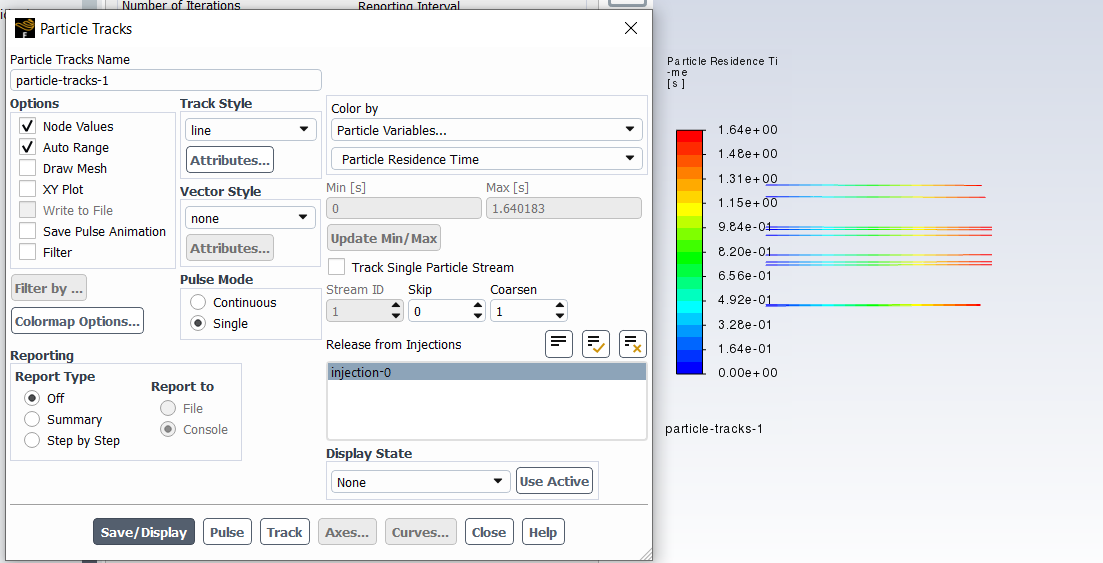This can be done using the DPM. Under the Particle Tracks panel, you can plot the Particle Residence Time, which shows the time each particle spends in the domain. For particles that fully evaporate, this value represents their evaporation time.
TAGGED: dpm, droplet, evaporation
-
-
May 10, 2025 at 6:24 pm
jijojose2024
SubscriberHow to obtain the time required for a single droplet to evaporate completely? how to obtain the time? can it be done using DPM or should I go for any other multiphase models which I am not very familiar with?
-
May 13, 2025 at 2:15 pm
-
Viewing 1 reply thread
- You must be logged in to reply to this topic.
Innovation Space


Trending discussions


- air flow in and out of computer case
- Varying Bond model parameters to mimic soil particle cohesion/stiction
- Eroded Mass due to Erosion of Soil Particles by Fluids
- I am doing a corona simulation. But particles are not spreading.
- Issue to compile a UDF in ANSYS Fluent
- Guidance needed for Conjugate Heat Transfer Analysis for a 3s3p Li-ion Battery
- JACOBI Convergence Issue in ANSYS AQWA
- affinity not set
- Resuming SAG Mill Simulation with New Particle Batch in Rocky
- Continuing SAG Mill Simulation with New Particle Batch in Rocky
Top Contributors


-
4512
-
1494
-
1386
-
1209
-
1021
Top Rated Tags


© 2025 Copyright ANSYS, Inc. All rights reserved.
Ansys does not support the usage of unauthorized Ansys software. Please visit www.ansys.com to obtain an official distribution.








